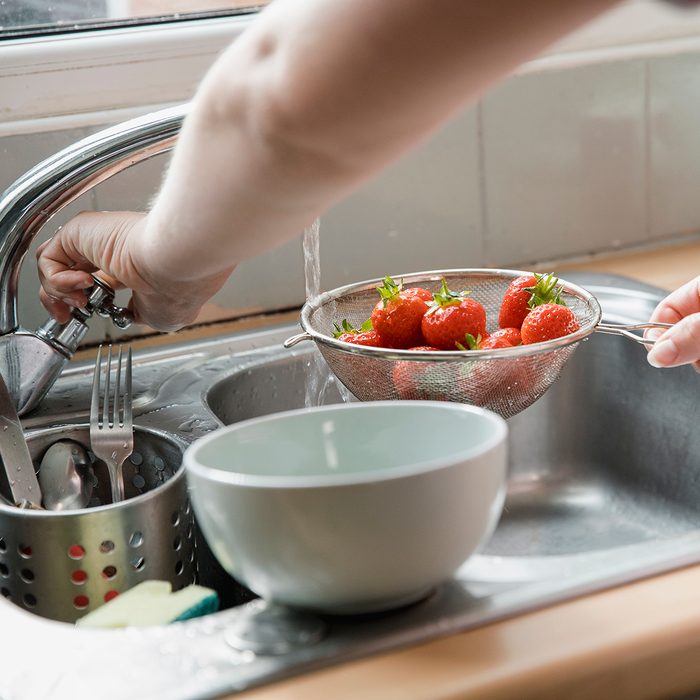
Berry Washing Basics
It’s important to wash all fresh produce, but when it comes to washing berries, the key is all in the timing.
Some berries have a heartier flesh than others, making them more forgiving. But overall, it’s best to wait to wash your berries until right before you plan to eat them so they aren’t retaining moisture and going bad faster. In most cases, a simple rinse or bath of cold water will do the trick.
However, if you want to ensure all pesticides and bacteria have been washed away, a saltwater bath or a vinegar solution rinse may be your preferred method. Once washed, patting berries dry with a paper towel will help to remove excess moisture, keeping them fresh for longer.
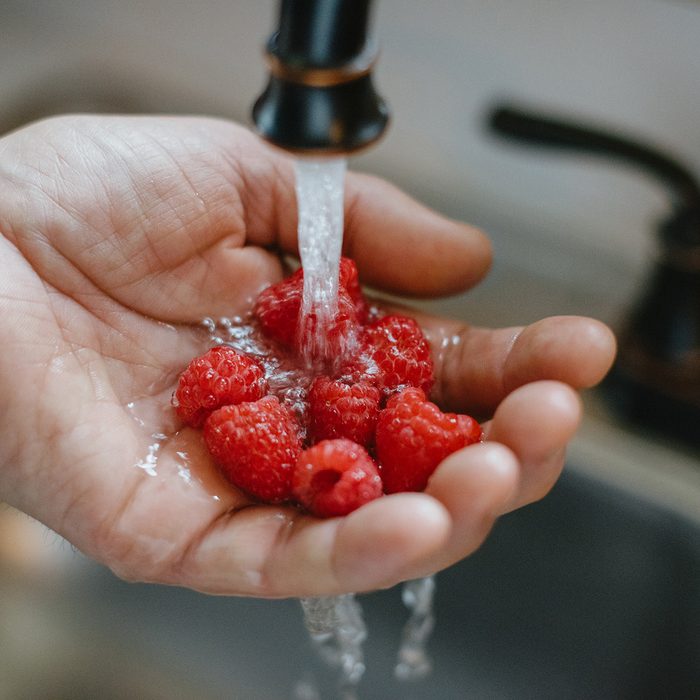
How to Wash: Raspberries
Because the flesh of fresh raspberries is so delicate, they soak up liquid easily. That also means they can’t withstand moisture for too long. Give your raspberries a wash right before you’re going to eat them, rather than when you’re putting them away, to prevent excess moisture that can lead to mold. Putting the berries in a colander and dipping them in a water bath will help to avoid putting pressure on the berries.
Do you need to wash avocados? We find out.
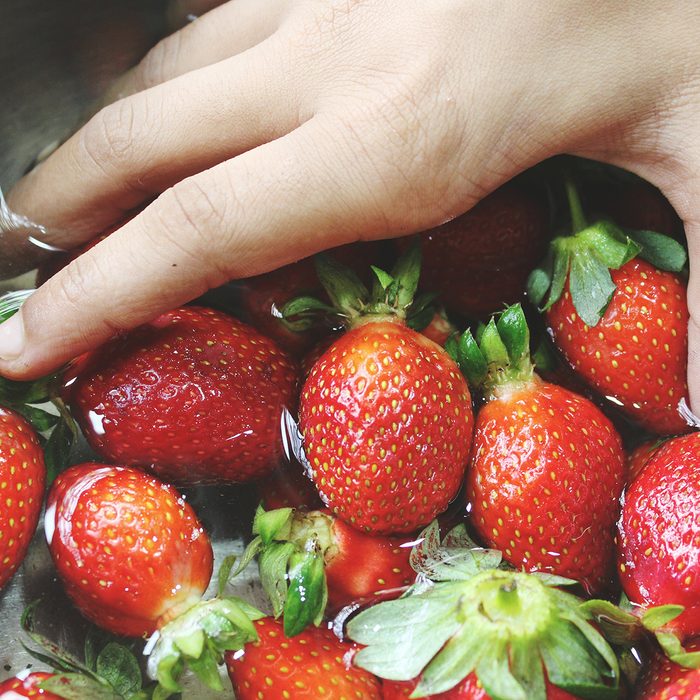
How to Wash: Strawberries
Once it’s time to wash your strawberries, there are a few methods to choose from. Strawberries can quickly be washed by rinsing them thoroughly with cold water. However, if you’d prefer a bit more peace of mind to be sure any pesticides or residues have been removed, you may want to use a saltwater bath. For every cup of warm water you use, add one teaspoon of salt and let it dissolve. Allow the water to cool before soaking the berries for a few minutes, and then rinse them under running water.
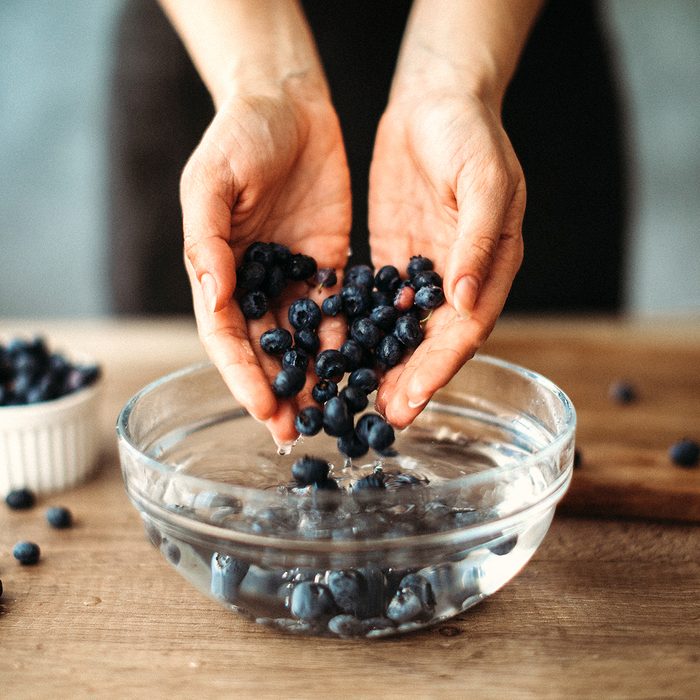
How to Wash: Blueberries
While blueberries may fool you, they’re just as delicate as raspberries. Put the berries in a colander, and then rinse them under cold water. Or, if your blueberries seem particularly delicate, you can dip the colander in a water bath. Blueberries can also be washed in a bowl with a vinegar solution of three parts water to one part vinegar. Add the berries to the bowl and swish them around to be sure any bacteria is removed.
Discover these fascinating facts you didn’t know about wild blueberries.
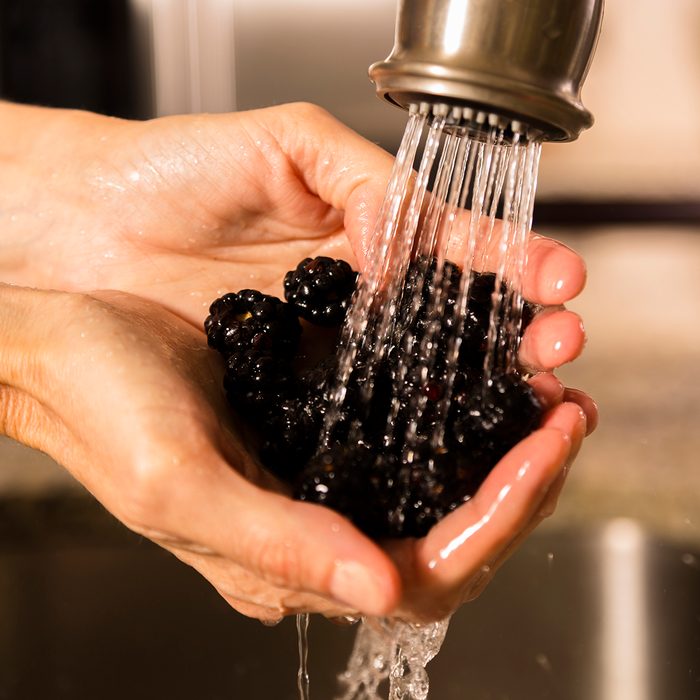
How to Wash: Blackberries
While blackberries may seem like they have thicker skin, they’re incredibly delicate and should still be washed with great care. You can choose to gently rinse blackberries under the faucet, or add them into a bowl full of cold water and use your hands to swirl them around in the water. A saltwater soak of one cup of warm water to one teaspoon of salt, along with a quick rinse afterward, can help ensure the removal of little grubs that may be hiding inside the berries.
Next, check out how to wash—and dry—lettuce correctly.